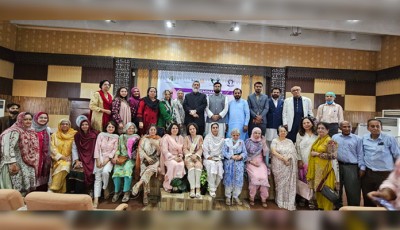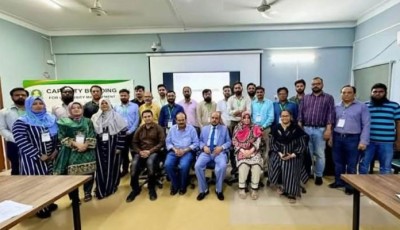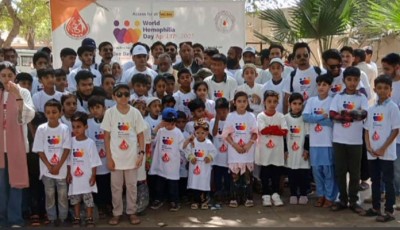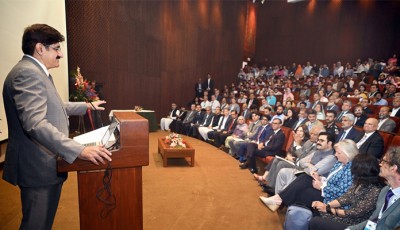KHAIRPUR: In the arid landscape of Faiz Gunj, District Khairpur, the village of Ranjho Pato has undergone a remarkable transformation. Once surrounded by endless stretches of sand, this community now thrives as a green oasis, thanks to the Sindh People’s Housing for Flood-Affectees (SPHF) program initiated by the Sindh Government.
Under this program, resilient houses were constructed, offering residents safe and secure houses after years of enduring fragile shelters.
Alongside the construction, villagers were provided with plants to cultivate around their houses. They enthusiastically planted these saplings, nurturing them as their new houses were built. Over time, as the houses were completed, the plants flourished, and today, mature trees and greenery surround the village completely transforming the desert environment.
The benefits of this greenery are profound. The trees have improved the local microclimate, offering shade that reduces the intense desert heat and making outdoor spaces more livable. They act as windbreaks, mitigating the effects of sandstorms and protecting the newly built houses.
Additionally, the enriched soil has created opportunities for small-scale gardening, contributing to food security and livelihoods in the community. “We never imagined our village could look like this,” shared a resident.
“The trees bring life to our houses and hope for the future.” This transformation has fostered a renewed sense of pride and unity among the villagers.
Ranjho Pato’s story demonstrates the power of combining resilient infrastructure with environmental sustainability. Through the SPHF program, the Sindh Government has not only provided shelter but also fostered a healthier, greener, and more sustainable future for the community. This village now stands as an inspiring example of how holistic development can bring lasting change, even in the most challenging environments.
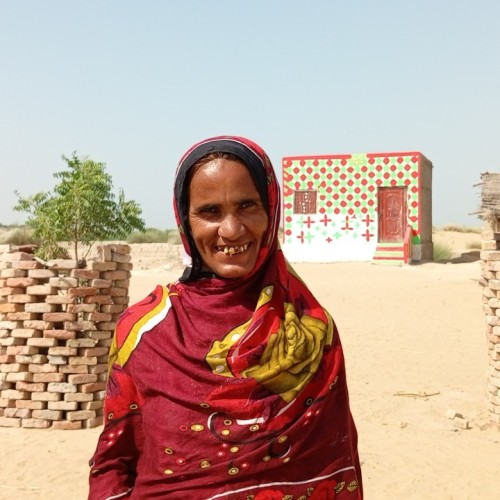
Alongside the construction, villagers were provided with plants to cultivate around their houses. They enthusiastically planted these saplings, nurturing them as their new houses were built. Over time, as the houses were completed, the plants flourished, and today, mature trees and greenery surround the village completely transforming the desert environment.
The benefits of this greenery are profound. The trees have improved the local microclimate, offering shade that reduces the intense desert heat and making outdoor spaces more livable. They act as windbreaks, mitigating the effects of sandstorms and protecting the newly built houses.
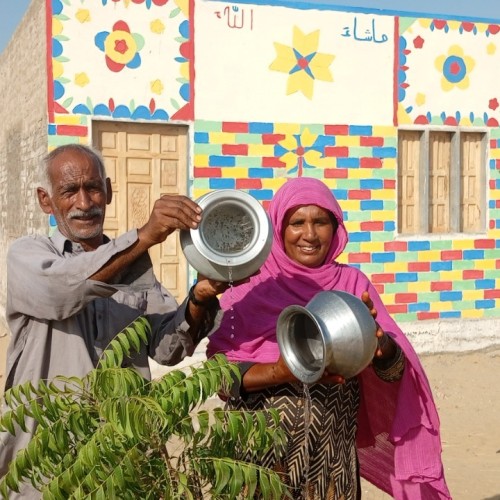
Additionally, the enriched soil has created opportunities for small-scale gardening, contributing to food security and livelihoods in the community. “We never imagined our village could look like this,” shared a resident.
“The trees bring life to our houses and hope for the future.” This transformation has fostered a renewed sense of pride and unity among the villagers.
Ranjho Pato’s story demonstrates the power of combining resilient infrastructure with environmental sustainability. Through the SPHF program, the Sindh Government has not only provided shelter but also fostered a healthier, greener, and more sustainable future for the community. This village now stands as an inspiring example of how holistic development can bring lasting change, even in the most challenging environments.




